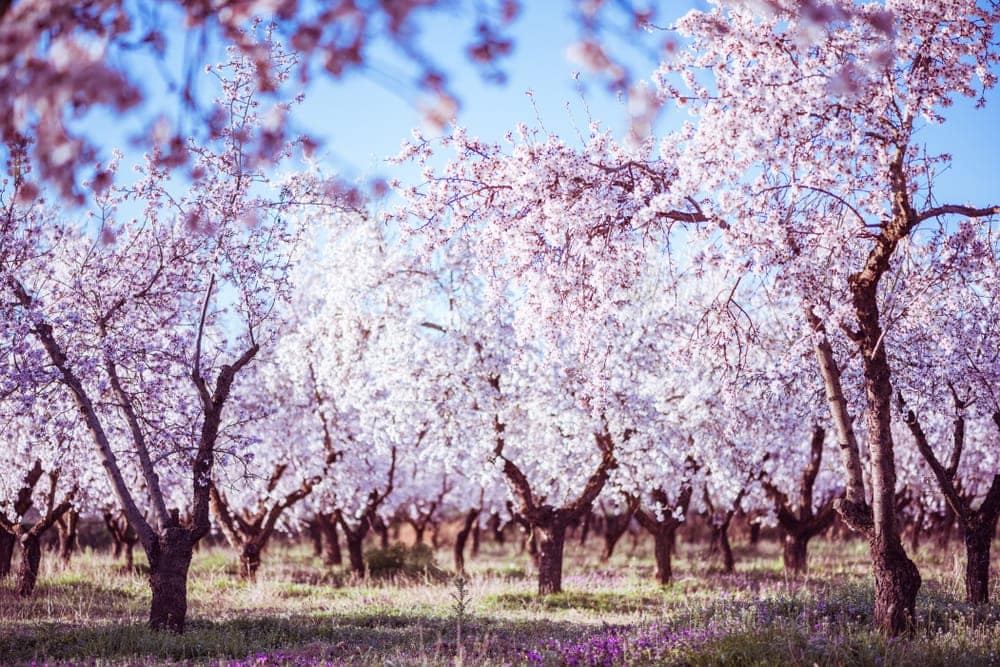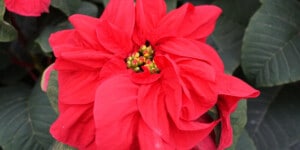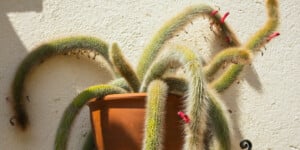Although sometimes a fickle plant, almond trees are well worth the effort, what with their beautiful display of pink and white blooms and mature almond trees producing 50-65 pounds of almonds per year.
Almond trees are native to Asia but gained favor early on throughout the mediterranean as early as 4000 B.C. Hundreds of years later, the plant was brought over from Spain and eventually arrived in California around the mid-1700s, now one of the world’s biggest almond producers.
Almond trees thrive in mild wet winters and inversely warm, dry summers. They need loamy, well-drained soil, plenty of water, and full sunlight.
Flowering Almond Trees Care & Growing Guide
1. Location/Climate
Almond trees can grow in hardiness zones 5 through 9. They prefer wet and mild winters, although a few almond trees are less frost sensitive. For example, the Hall’s Hardy almond variety can tolerate temperatures as low as -20 degrees
Fahrenheit and requires 600-800 cold hours, unlike other almond trees that require 400-500 cold hours. Almond trees can grow and thrive even with sloping terrain and can even be used as an obstacle for erosion.
2. From the Nut
Almond trees can grow from fresh nuts. Leave the nuts to soak for 48 hours, then transfer to a wet paper towel in a plastic bag in the fridge. In three to four weeks, transfer the nuts to a pot with well-drained soil in direct sunlight. Once the plant is six inches tall, it is ready for a larger pot.
3. Planting
Young almond trees need lots of water with good drainage. Douse the roots with water before placing in a hole wide enough to allow for roots to grow uncramped. Plant the tree up to the same depth as it was in the nursery, which can be discerned by a stark color difference in the roots. Once the dirt is firmly pressed over the roots, provide the young almond tree with two buckets of water to welcome it to its new home.
4. Water
Young almond trees need to be watered about three inches per day. Mature trees can be watered three inches per week. Although almonds need to be in well-drained soil, they also need lots of water to be able to bear their fruit. To avoid fungal diseases, water the tree at its base.

5. Fertilizing
Foster healthy growth by feeding the almond tree with organic compost when buds first appear. Well-processed manure is another great option for a fertilizer for an almond tree. Avoid over-fertilizing, as this can cause fungal diseases.
6. Soil
Almond trees need loamy soil. Loam is a mix of sand, silt, and clay soil. Ideally, the loam is about 40% sand, 40% silt, and 20% clay. Loam provides the good drainage that is so key for an almond tree’s success. Overly saturated soil can suffocate the tree roots and cause issues like Phytophthora crown rot cankers.
7. Cross-pollination
Besides a select few, almond trees do not self-pollinate. Almost all almond trees need another almond tree to be able to produce fruit for multiple seasons. Almond trees should be planted about 15-20 feet apart. Almond trees with similarly timed blooming seasons make better cross-pollinators.
8. Pruning
Remember to prune almond trees every year or every other year to stimulate growth. An almond tree should be pruned for the first time after the first growing season. Gardeners should aim for three to four main branches for an open center that allows sunlight to reach the central region. After this early pruning to achieve the desired shape, subsequent pruning should cut back about 20% of growth.
Learn more: String of Hearts (Ceropegia) Care & Growing Guide
9. Cold Weather
Almond trees need both warm and cold weather to thrive. Different varieties of almond trees need different lengths of cold hours, ranging from 350-800 hours of cold a year. The dormant time period helps develop the fruit buds. Check to see if the climate zone in your area reaches the required temperature and length of time for an almond tree before purchasing an almond tree.
10. Harvesting
Almond trees are typically harvested in October. The almonds are ready to be harvested when three-quarters of the almond husks have split open. Harvest the fruit by shaking the tree. For almond varieties like Le Grand that are known for having difficult-to-harvest almonds, double harvesting is recommended.
Similar post: String of Pearls Care & Growing Guide
11. Growth and Spread
Almond trees grow between 15-30 feet high. They can grow 8-15 inches a year. Patience is necessary with almond trees, as an almond tree might not produce almonds for up to 12 years.
12. Flowers
The almond tree flower can be either pink or white with double petals. Its blooms are breathtaking, and ornamental almond trees are grown for their bloom instead of their fruit. In their off years, almond trees might not produce a high quantity of flowers. If a tree is persistently bloomless, this can indicate a problem, such is improper pruning.
More like this: Bottlebrush Tree Care & Growing Guide
Are Bitter Almonds Safe to Eat?
Almonds can be either sweet or bitter. Sweet almonds are safe to eat, however bitter almonds should not be eaten. Bitter almonds contain cyanide and can cause the nervous system to shut down and even death. They are instead used for marzipan, almond extract, and almond-flavored liqueurs.
Diseases
The most common afflictions for almond trees are fungal diseases, like ceratocystis canker and botryosphaeria canker. Prevent diseases for almond trees by watering at the base of the almond tree, avoiding overwatering or over fertilizing, pruning after a harvest, and avoiding pruning after a heavy rainfall.
Another issue for almond trees can be bud failure, which can be misinterpreted as a disease. Bud failure is a genetic trait that is expressed after stress during a development period for the buds.
Also read: Asparagus – Planting, Growing & Harvesting Guide
Conclusion
Almonds trees have long been considered a valuable plant. The stone fruit, also known as a drupe, has been cultivated since 4.000 B.C.! With their beautiful pink and white blooms and protein-heavy product, almond trees are a rewarding addition to any garden.
So long as a gardener has mild winters, warm and dry summers, a fully sunny location, and well-drained soil, they can create a happy home for an almond tree.
Keep reading:
- 8 Best Indoor Trees That Thrive in Low Light
- Echeveria: Plant Care & Growing Guide
- Hibiscus Tree Care & Growing Guide
Victoria is the owner and main author of hobby plants. She loves spending her free time in her garden planting and taking care of her plants. Victoria hopes you enjoy the content here!





![Mother Of Thousands Plant [Complete Plant Care Guide] Mother Of Thousands Plant [Complete Plant Care Guide]](http://54.201.156.32/wp-content/uploads/2022/07/mother-of-thousands-plant-300x158.jpg)
![How Often Should You Water Pothos? [Complete Care Guide] How Often Should You Water Pothos? [Complete Care Guide]](http://54.201.156.32/wp-content/uploads/2022/07/how-often-to-water-pothos-300x158.jpg)
![Can Snake Plants Live Outside? [COMPLETE CARE GUIDE] Can Snake Plants Live Outside? [COMPLETE CARE GUIDE]](http://54.201.156.32/wp-content/uploads/2022/08/can-snake-plants-live-outside-300x158.jpg)
![Majesty Palm Plant Care: [Complete Beginner's Guide] Majesty Palm Plant Care: [Complete Beginner's Guide]](http://54.201.156.32/wp-content/uploads/2022/08/majesty-palm-care-300x158.jpg)
![Exotic Angel Plant Care: [Complete Beginner's Guide] Exotic Angel Plant Care: [Complete Beginner's Guide]](http://54.201.156.32/wp-content/uploads/2022/08/exotic-angel-plant-care-300x158.jpg)
![Do Coleus Like Sun Or Shade: [Complete Care Guide] Do Coleus Like Sun Or Shade: [Complete Care Guide]](http://54.201.156.32/wp-content/uploads/2022/08/coleus-sun-or-shade-300x158.jpg)
![Snow White Waffle Plant: [Complete Care Guide] Snow White Waffle Plant: [Complete Care Guide]](http://54.201.156.32/wp-content/uploads/2022/08/snow-white-waffle-plant-300x158.jpg)